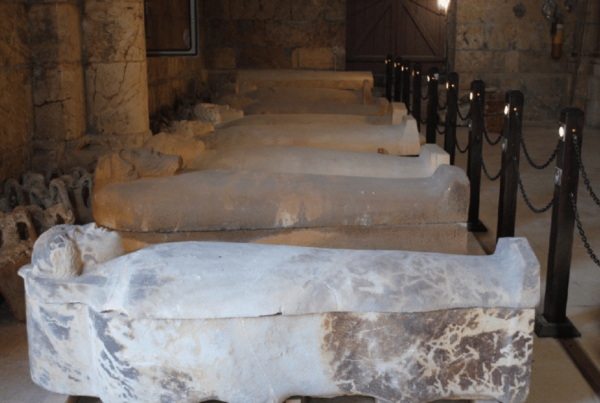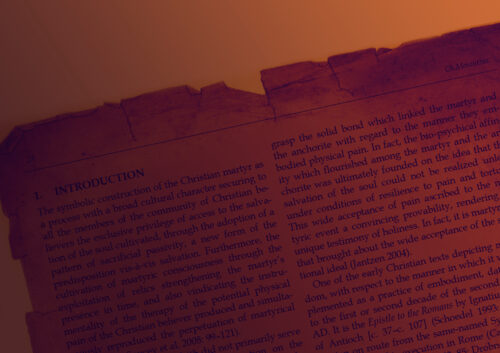By Bashar Mustafa
ABSTRACT
In 2009, during the construction of a new campus at the university in Tartous, Syria, a new tomb was
discovered. Inside the grave was a sarcophagus with three pieces of alabastron. In this paper we critically
discuss the value of this magisterial material and its role in funeral rites. The answer may depend on ritual
practice, in which this unique material was used as an aristocratic symbol, and by examining how this
remarkable object was used throughout the regions surrounding the Mediterranean Sea.
![]()





